4-VA@Mason is offering ten $4,000 grants to support faculty interested in developing and piloting alternative assessment strategies for online learning. The goal of the effort is to examine student evaluation practices and help bolster student engagement, encourage academic integrity, and reduce tendencies toward academic outsourcing. To ensure broad representation from all disciplines, proposals for the grants are encouraged from all ten colleges within the university.
The grants are being offered under the direction of The Stearns Center, which will provide 1:1 instructional design support for the accepted proposals.
“When we pivoted to remote learning in March, through the Instructional Continuity Working Group, we quickly heard that faculty were struggling with academic outsourcing and other integrity challenges,” said Charles Kreitzer, Executive Director of Online Operations. “Through these grants, we want to work together to develop strong, tested models for assessment.”
The proposals are due November 20. The planned timeline builds out the assessments in the spring, with pilot programs running in the summer and fall. From there, each program will go through data analysis to closely examine impact before they are introduced for use.
“One of the pillars of our mission at 4-VA@Mason is to identify and grow innovative ideas in teaching and learning,” explains 4-VA Campus Coordinator and Associate Provost Janette Muir. “This effort to reimagine online assessment practices clearly supports that goal.”
For more information, contact your school’s Instructional Continuity Working Group representative.

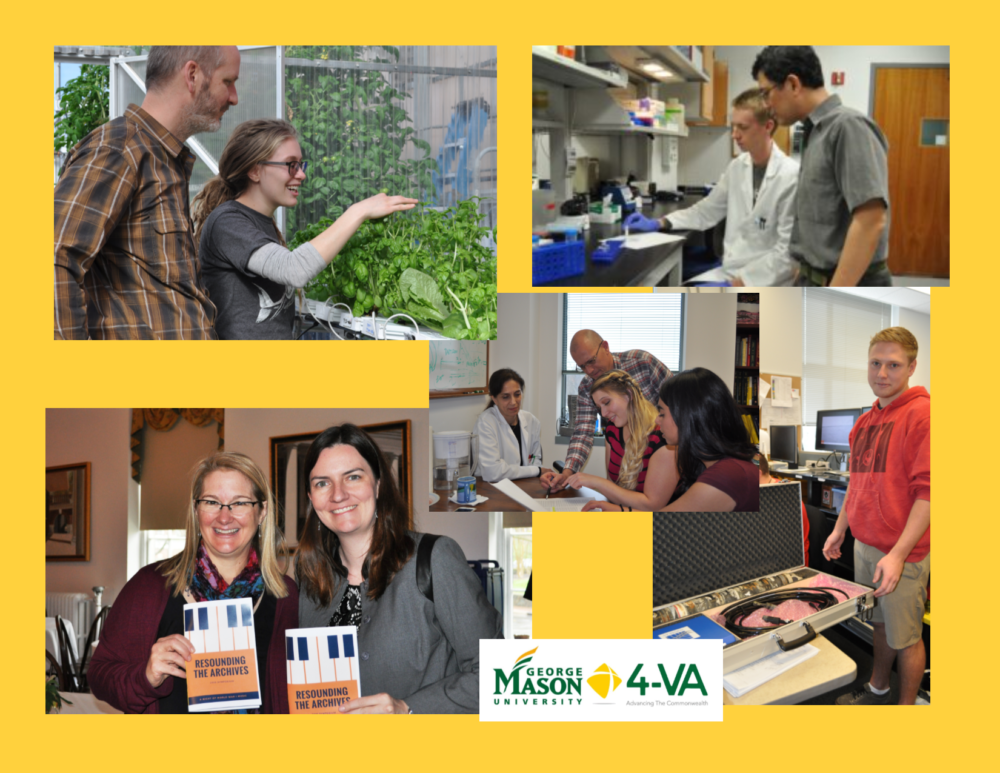
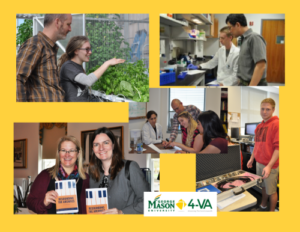
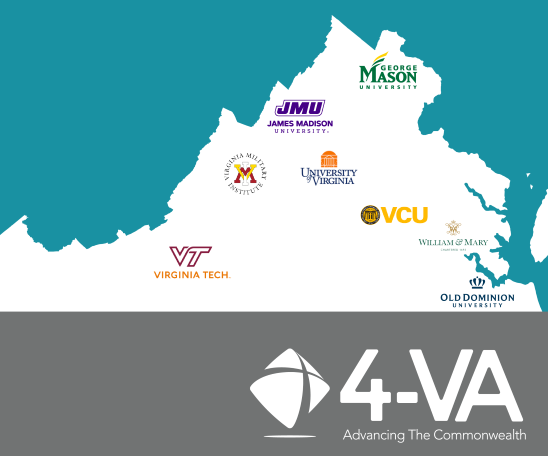
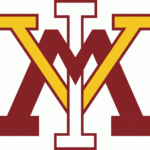 “We are delighted to bring William and Mary and VMI into our 4-VA collaborative,” said 4-VA Mason Campus Coordinator Janette Muir. “The very strength of 4-VA is collaboration. With our additional partners, our students and faculty have more opportunities — that’s great for higher education in the Commonwealth.”
“We are delighted to bring William and Mary and VMI into our 4-VA collaborative,” said 4-VA Mason Campus Coordinator Janette Muir. “The very strength of 4-VA is collaboration. With our additional partners, our students and faculty have more opportunities — that’s great for higher education in the Commonwealth.” of collaboration with our sister institutions.”
of collaboration with our sister institutions.”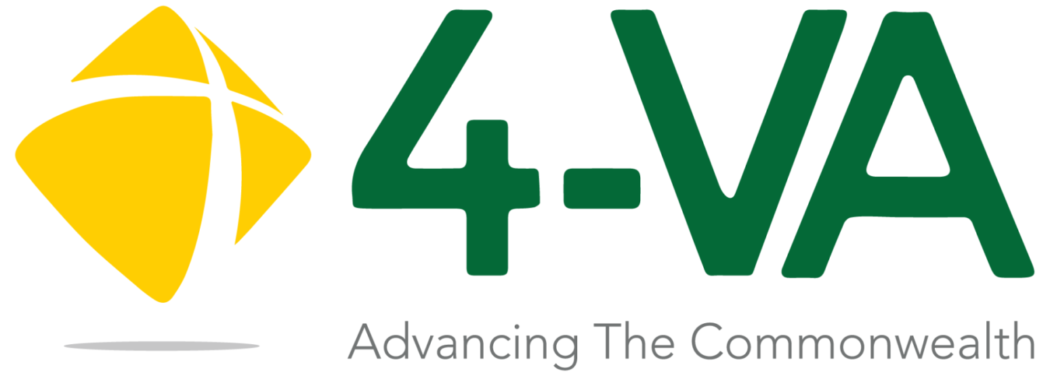

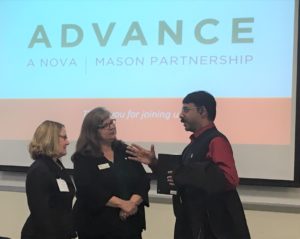 While George Mason University produces hundreds of candidates each year in the field of education, academic leaders at Mason recognized the need to work closely with area educational institutions – both public and private – to ensure that those candidates meet and surpass the expectations in today’s educational environment.
While George Mason University produces hundreds of candidates each year in the field of education, academic leaders at Mason recognized the need to work closely with area educational institutions – both public and private – to ensure that those candidates meet and surpass the expectations in today’s educational environment.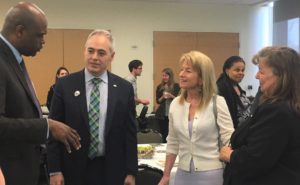 To do so, armed with a grant from the Association of Public and Land Grant Universities (APLU), Mason recently held a roundtable of academic leaders as well as a host of representatives from private and public schools from the greater Washington, DC area to look closely at the needs of area teaching institutions. The event also prominently included educators and faculty from Northern Virginia Community College (NOVA), Mason’s community college partner in the ADVANCE program, a nationally recognized program which supports the seamless transfer of students from the two-year school to Mason.
To do so, armed with a grant from the Association of Public and Land Grant Universities (APLU), Mason recently held a roundtable of academic leaders as well as a host of representatives from private and public schools from the greater Washington, DC area to look closely at the needs of area teaching institutions. The event also prominently included educators and faculty from Northern Virginia Community College (NOVA), Mason’s community college partner in the ADVANCE program, a nationally recognized program which supports the seamless transfer of students from the two-year school to Mason.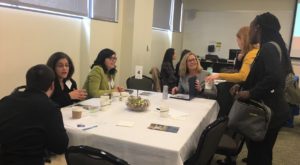 successful teachers. Not surprisingly, many groups arrived at the same conclusions, including the need for significant ‘ground level’ experience with groups of students, providing background for how to handle classroom situations; the ability to work in a team environment; and the ‘soft skills’ necessary to handle a variety of audiences — students, fellow teachers and parents.
successful teachers. Not surprisingly, many groups arrived at the same conclusions, including the need for significant ‘ground level’ experience with groups of students, providing background for how to handle classroom situations; the ability to work in a team environment; and the ‘soft skills’ necessary to handle a variety of audiences — students, fellow teachers and parents.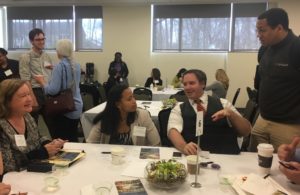 At the conclusion of the event, each table shared their findings with the room and a list of targeted skill sets were noted. Muir recalled the energy and environment throughout the day, “We were able to connect a group of passionate, motivated leaders in education – they were enthusiastic about the idea of building better teachers and I know we’ve begun to construct stronger pathways for our students from NOVA to Mason and beyond.”
At the conclusion of the event, each table shared their findings with the room and a list of targeted skill sets were noted. Muir recalled the energy and environment throughout the day, “We were able to connect a group of passionate, motivated leaders in education – they were enthusiastic about the idea of building better teachers and I know we’ve begun to construct stronger pathways for our students from NOVA to Mason and beyond.”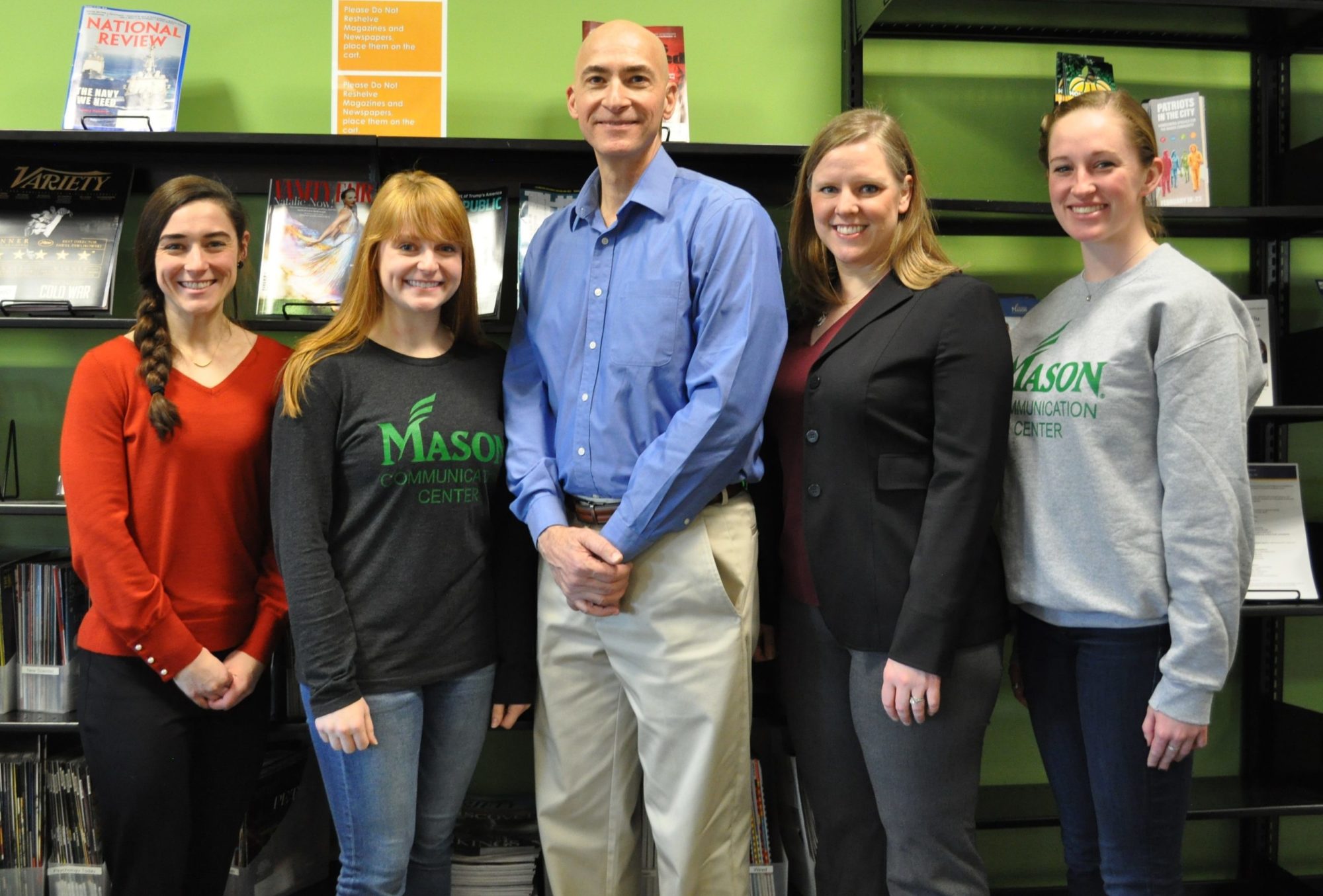
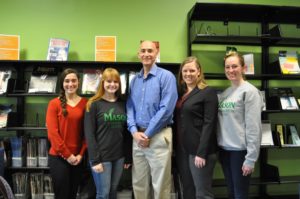
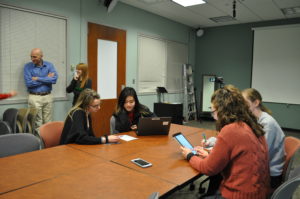 Communication Center for all students enrolled in the course. In the Communication Center, which is funded by the cost savings from moving the first hour of the course online, students meet with student Communication Coaches to get feedback on outlines, video record and practice presentations, practice interviews, work on developing group presentations, and more. Most of the Coaches are members of Mason’s nationally-renowned forensics and debate teams, graduate students who also teach the course, and students who have demonstrated outstanding communication and feedback skills, who are able to share their advanced training with students that are just getting started.
Communication Center for all students enrolled in the course. In the Communication Center, which is funded by the cost savings from moving the first hour of the course online, students meet with student Communication Coaches to get feedback on outlines, video record and practice presentations, practice interviews, work on developing group presentations, and more. Most of the Coaches are members of Mason’s nationally-renowned forensics and debate teams, graduate students who also teach the course, and students who have demonstrated outstanding communication and feedback skills, who are able to share their advanced training with students that are just getting started.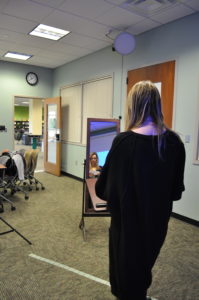 The Communication Center is a ‘one stop shop’ for valuable one-on-one coaching sessions for students as they prepare presentations. Currently, the Center is open every day between 10:00 AM and 5:00 PM and books more than 300
The Communication Center is a ‘one stop shop’ for valuable one-on-one coaching sessions for students as they prepare presentations. Currently, the Center is open every day between 10:00 AM and 5:00 PM and books more than 300 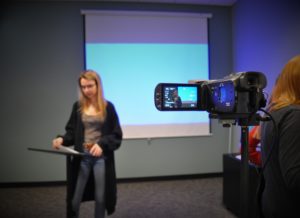 appointments a week. It is anticipated that number will balloon as more students recognize the benefit of the help.
appointments a week. It is anticipated that number will balloon as more students recognize the benefit of the help.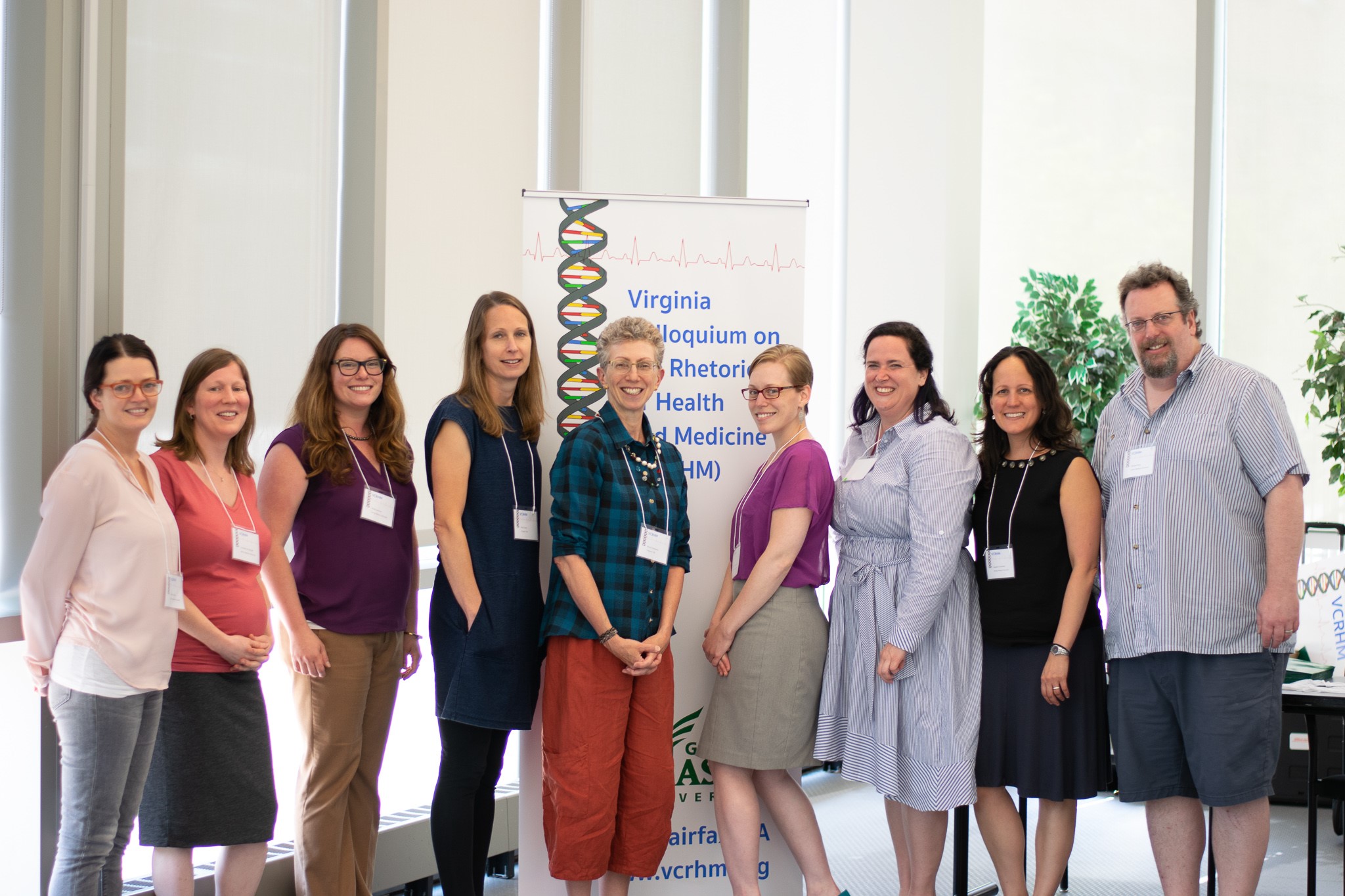
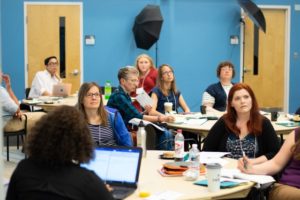 The grant provided the funding for a first-of-its-kind statewide symposium “The Virginia Colloquium on the Rhetoric of Health and Medicine” (VCRHM).
The grant provided the funding for a first-of-its-kind statewide symposium “The Virginia Colloquium on the Rhetoric of Health and Medicine” (VCRHM).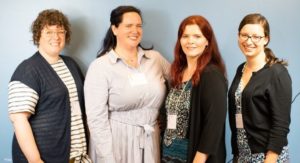
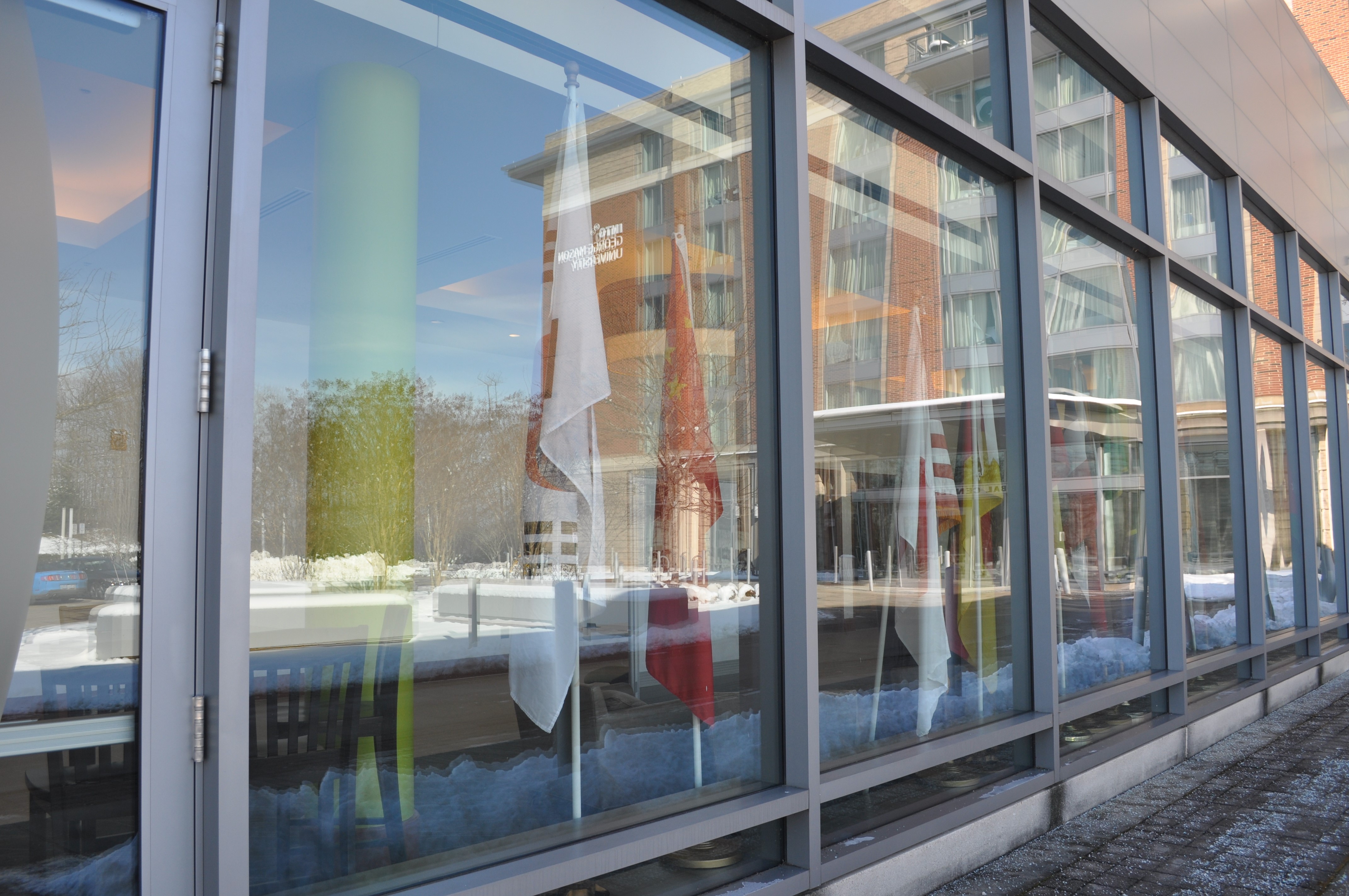
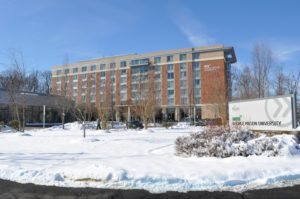 With no existing road maps for multilingual student success, Mason INTO has joined with the Stearns Center to develop a ground-breaking effort to harness this resource and create a path for faculty and students to support them on their academic journey.
With no existing road maps for multilingual student success, Mason INTO has joined with the Stearns Center to develop a ground-breaking effort to harness this resource and create a path for faculty and students to support them on their academic journey.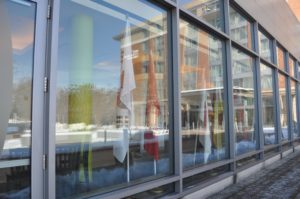 “At Mason, we pride ourselves on our diversity, but we can’t just point to our population numbers and say ‘look at us’ — we want and need to do more. Our focus is to develop Mason’s agility and ability to work across cultures and languages,” explains INTO’s Interim Academic Director Karyn Kessler. “We have a treasure trove at our fingertips which we can use to prepare Mason grads to have a global mindset and to work on global problems.”
“At Mason, we pride ourselves on our diversity, but we can’t just point to our population numbers and say ‘look at us’ — we want and need to do more. Our focus is to develop Mason’s agility and ability to work across cultures and languages,” explains INTO’s Interim Academic Director Karyn Kessler. “We have a treasure trove at our fingertips which we can use to prepare Mason grads to have a global mindset and to work on global problems.”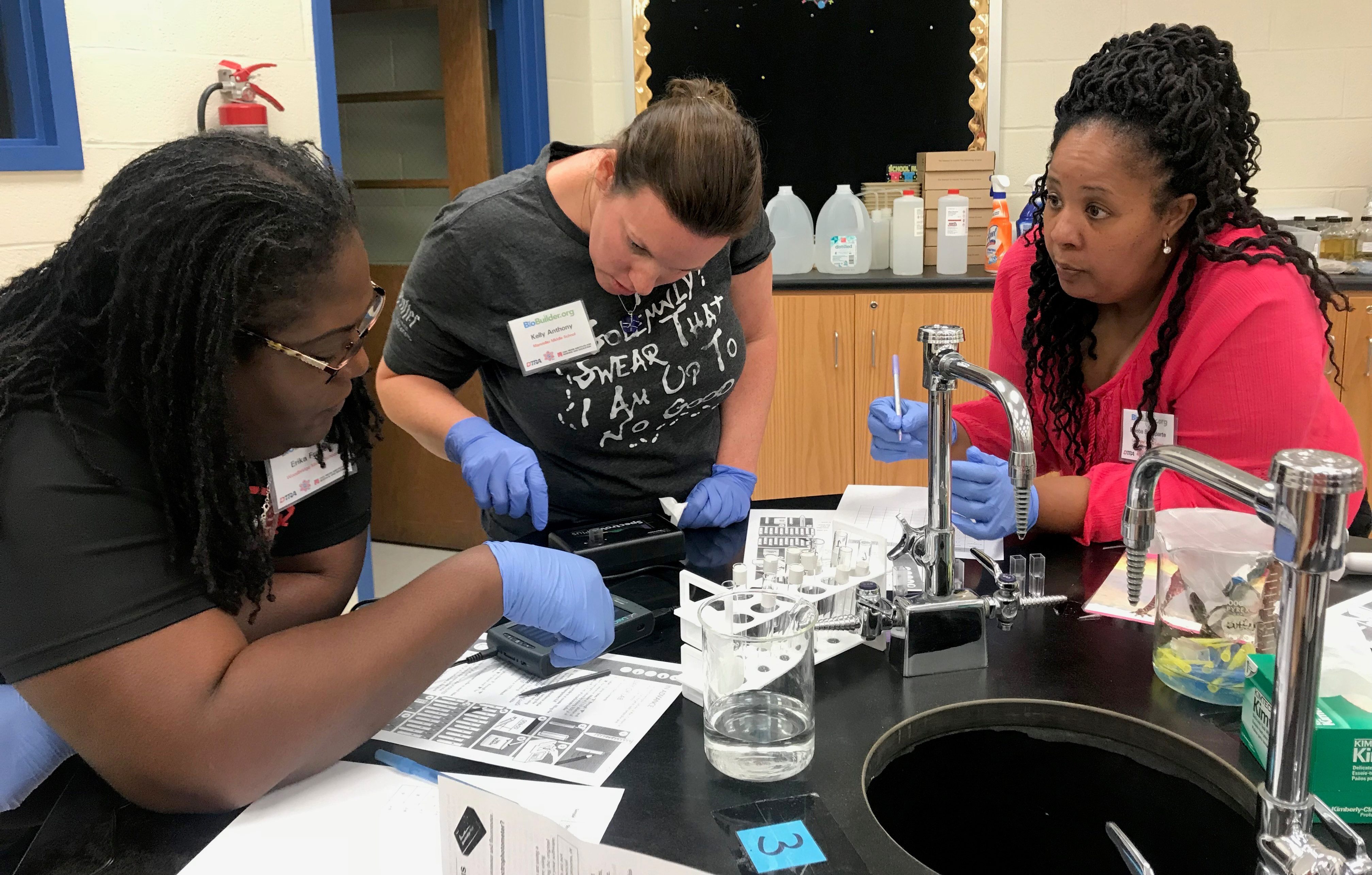
 As a former high school science teacher at Chantilly and Thomas Jefferson in Fairfax County, Andrea Cobb, (PhD in biochemistry) saw the difference with her own eyes. After sending her students off to a summer research experience through Mason’s Aspiring Scientist’s Summer Internship Program (ASSIP), they would return in the fall as changed students. “They came back to school looking and sounding like inspired scientists, with a resume full of authentic research under their belts. I could see the difference in their eyes and read it in their papers,” says Cobb.
As a former high school science teacher at Chantilly and Thomas Jefferson in Fairfax County, Andrea Cobb, (PhD in biochemistry) saw the difference with her own eyes. After sending her students off to a summer research experience through Mason’s Aspiring Scientist’s Summer Internship Program (ASSIP), they would return in the fall as changed students. “They came back to school looking and sounding like inspired scientists, with a resume full of authentic research under their belts. I could see the difference in their eyes and read it in their papers,” says Cobb.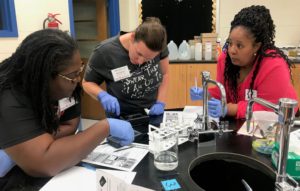 STEM access to real-world, research. ASSIP attracts students from a wide range of schools — from Virginia (including UVA and William and Mary), to California, (including Stanford and Berkeley), as well as students from smaller schools like Troy University and Carleton College. Mentors from Mason’s College of Science donate their time each summer to deliver this rich experience.
STEM access to real-world, research. ASSIP attracts students from a wide range of schools — from Virginia (including UVA and William and Mary), to California, (including Stanford and Berkeley), as well as students from smaller schools like Troy University and Carleton College. Mentors from Mason’s College of Science donate their time each summer to deliver this rich experience.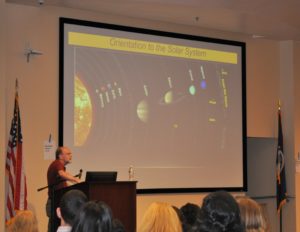
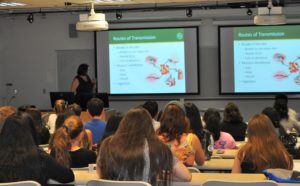
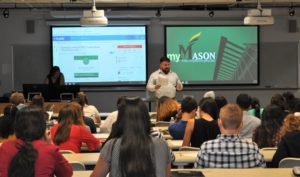
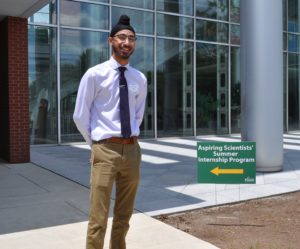 a lot of strengths going through this program, but, importantly, I also learned a lot about my weaknesses, it showed me where I needed to focus to make the most of my time here,” said Bedi. “This program fosters creativity, imagination, and collaboration — it’s truly exciting.” Bedi emphasizes the importance and value of working with a mentor. “I was able to do research with Dr. Caroline Hoemann last year, who is in the Bioengineering Department. We analyzed white blood cell movement and how that might be applied to cancer research and therapy.” Bedi is clearly passionate about his work through ASSIP, but credits the program for giving him hands-on access to important research that brings his passion to life.
a lot of strengths going through this program, but, importantly, I also learned a lot about my weaknesses, it showed me where I needed to focus to make the most of my time here,” said Bedi. “This program fosters creativity, imagination, and collaboration — it’s truly exciting.” Bedi emphasizes the importance and value of working with a mentor. “I was able to do research with Dr. Caroline Hoemann last year, who is in the Bioengineering Department. We analyzed white blood cell movement and how that might be applied to cancer research and therapy.” Bedi is clearly passionate about his work through ASSIP, but credits the program for giving him hands-on access to important research that brings his passion to life.